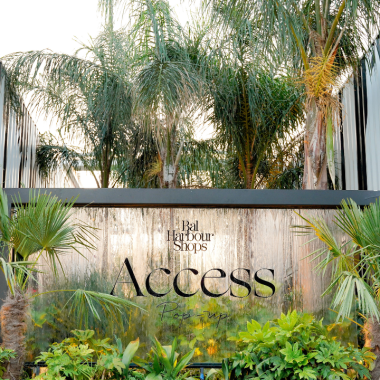By Mark Ellwood
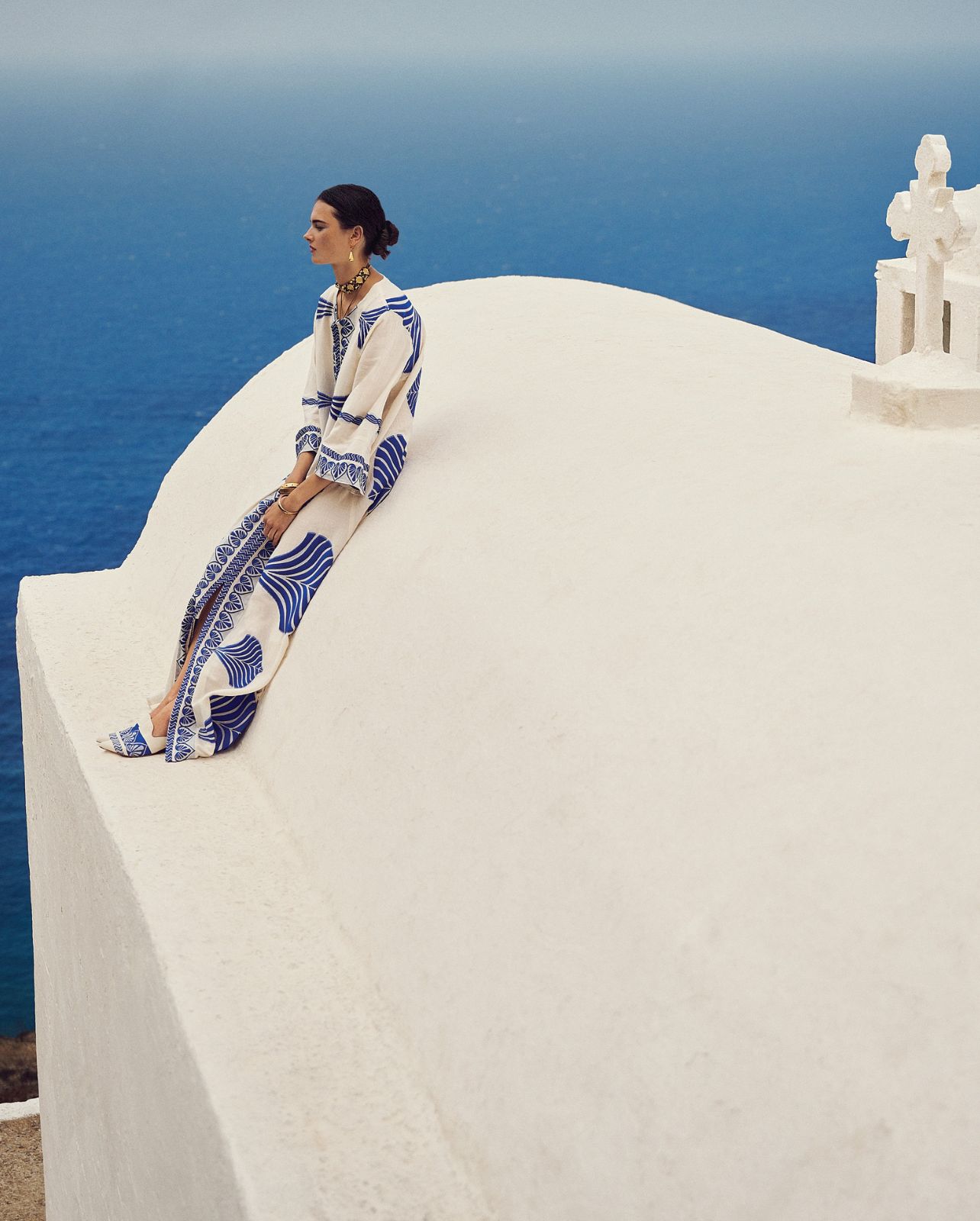
Is there anything dreamier than a Greek holiday? Read on for a guide to this summer’s hot spots. Photo by Thanassis Krikis.
The Greeks are finally coming into their own,” says designer Andria Mitsakos, a Greek-Armenian-American who lives and works in Athens. It’s been just over a decade since Greece’s financial crisis, and Mitsakos, who owns the popular Athens-based boutique Anthologist, sees a newfound energy, much of it driven by a population surge. “There’s been an influx of people returning, just like after the wall came down in Berlin,” she says. “It makes it so interesting, chaotic, and poetic at the same time.” But the appeal of the country isn’t limited to those planning to make it their newfound home: Greece remains one of the most popular vacation spots in Europe, logging almost 32 million visitors last year, a more than 17-percent increase over 2022. This year it will likely be even easier to reach, thanks in part to several new airline routes from the US: Norse Atlantic Airways is adding service from JFK to Athens for the summer, as will United Airlines from Washington, D.C., and Philadelphia will have daily non-stop flights on American Airlines. Best of all, Emirates operates a service from Newark year-round, offering one of the world’s best premium cabin options. If that inspires you to mull a trip, consider this your primer on how to spend this summer in Greece. We tapped some chic locals, like Mitsakos, to pull together the ultimate guide for a five-star vacation, starting with a deep dive into the attention-hogging islands of the Cyclades before touching down in three other regions that are a must for any luxury itinerary.
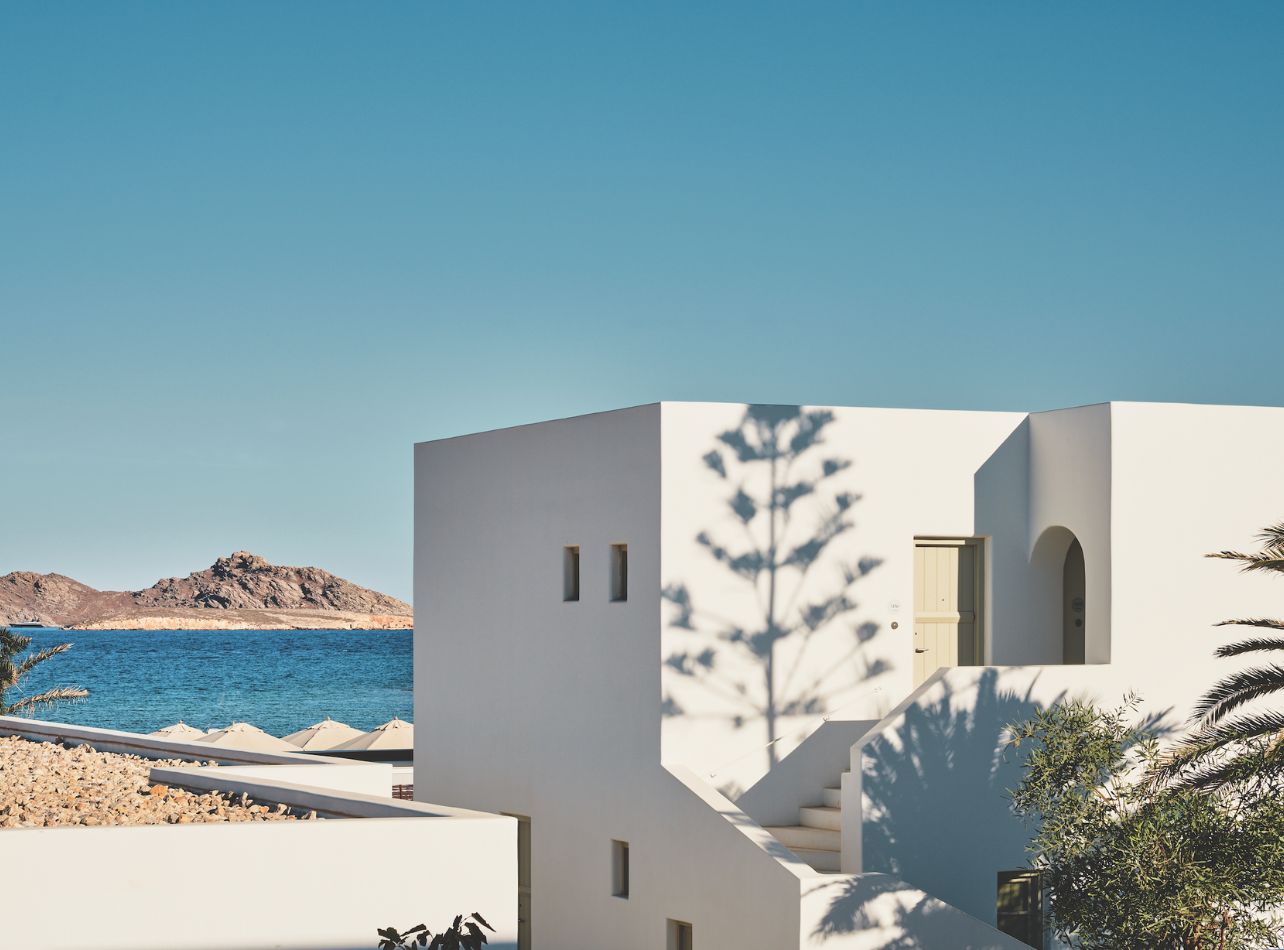
The Cosme Resort in the fishing village of Naousa on Paros. Image Courtesy of Cosme.
The Cyclades
When one pictures a holiday in Greece, this sprawling island cluster is the default. The Cyclades feature cove-like beaches, fishing sloops bobbing in sparkling waters, and whitewashed, sugar cube–style houses daubed with accents bluer than the sky. There’s only one way to see it, according to Ileana von Hirsch, who runs Five Star Greece, the premier travel luxury specialist: “The coastlines are staggering, and the harbors aren’t crowded, so we advise people to take a beautifully crewed, big yacht,” she says. “It’s windy, so a small one will mean you can get seasick.” The best known of the Cyclades is Mykonos, though it has struggled for several years to recapture the jet set reputation it once relished. Greedy hoteliers have allowed Jackie Kennedy Onassis’s onetime favorite destination to become too crowded and too expensive, though hopefully the mayor’s plans to push back—including slashing the number of for-rent sunbeds on beaches by 40 percent—will help return its cachet. This year, skip Mykonos and instead head next door to Paros, the island that’s usurped the former as the region’s luxe hub. “It has everything people want: beaches, boats, archeology, churches, hiking, and great food and bars,” says von Hirsch. The vibe on this island is determinedly different, promises local hotelier Kalia Konstantinidou: “You don’t have the FOMO here you can have in Mykonos; everything is so easy and so simple. It has a feeling of joy.” If you’re staying on land rather than sailing, consider one of the chic, minimalist hotels run by Konstantinidou’s Empiria Group.
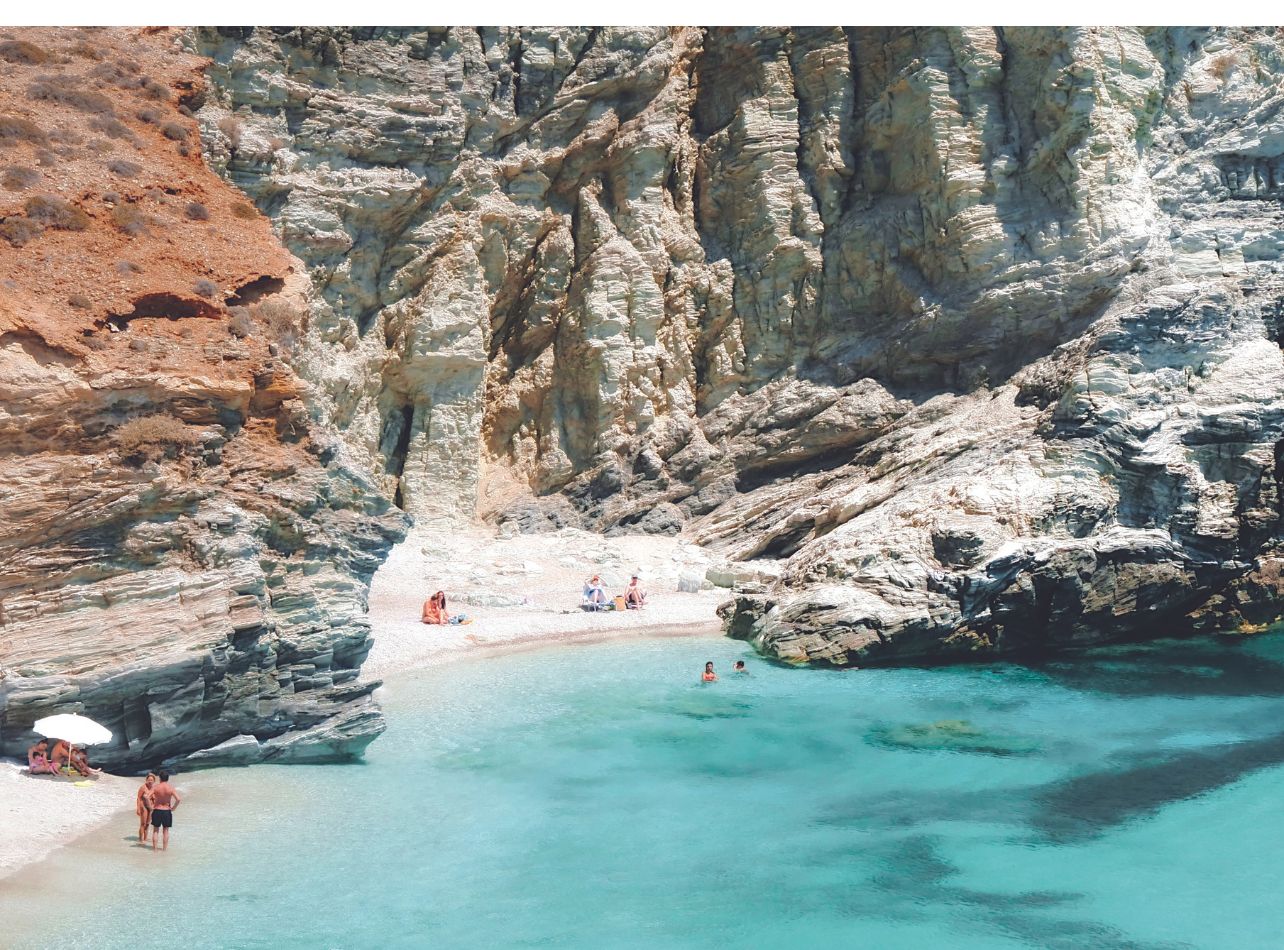
Agali Beach on Folegandros is a seasonal hot spot.
Lingering to watch the sunset from Cosme’s west-facing infinity pool provides a jaw-dropping view, while Parīlio has a new restaurant for the season, co-created by chef Thanos Feskos, who runs the only two-Michelin–starred spot in Athens. Otherwise, opt for Avant Mar, the village-within-a-village hotel in the heart of fishing town Naousa: The rooms are great—especially the 750-square-foot Sea View suite, with its own pool overlooking the water—but it’s the cheery warmth of the staff that truly sets it apart. On the quieter, eastern side of the island, escape to the new 44-room Andronis Minois, sited cliffside with a subterranean spa. Days in Paros are lazy, so book a sun lounger at Monastiri Beach Bar & Restaurant, all bean bag chairs, buzzy bars, and bikinis. Don’t miss lunch under the olive tree at Thalassamou, where rickety tables are set up to make the most of the shade; snare a daybed here, too, so you can nap after your meal (try the melitzanosalata, an addictive eggplant spread). In the heart of Naoussa, have a drink at Fotis Art Café, which sits in a waterfront perch reminiscent of Little Venice in Mykonos, then make a late reservation at Sigi Ikthios, which spills out onto one of the main squares, and order off-menu.
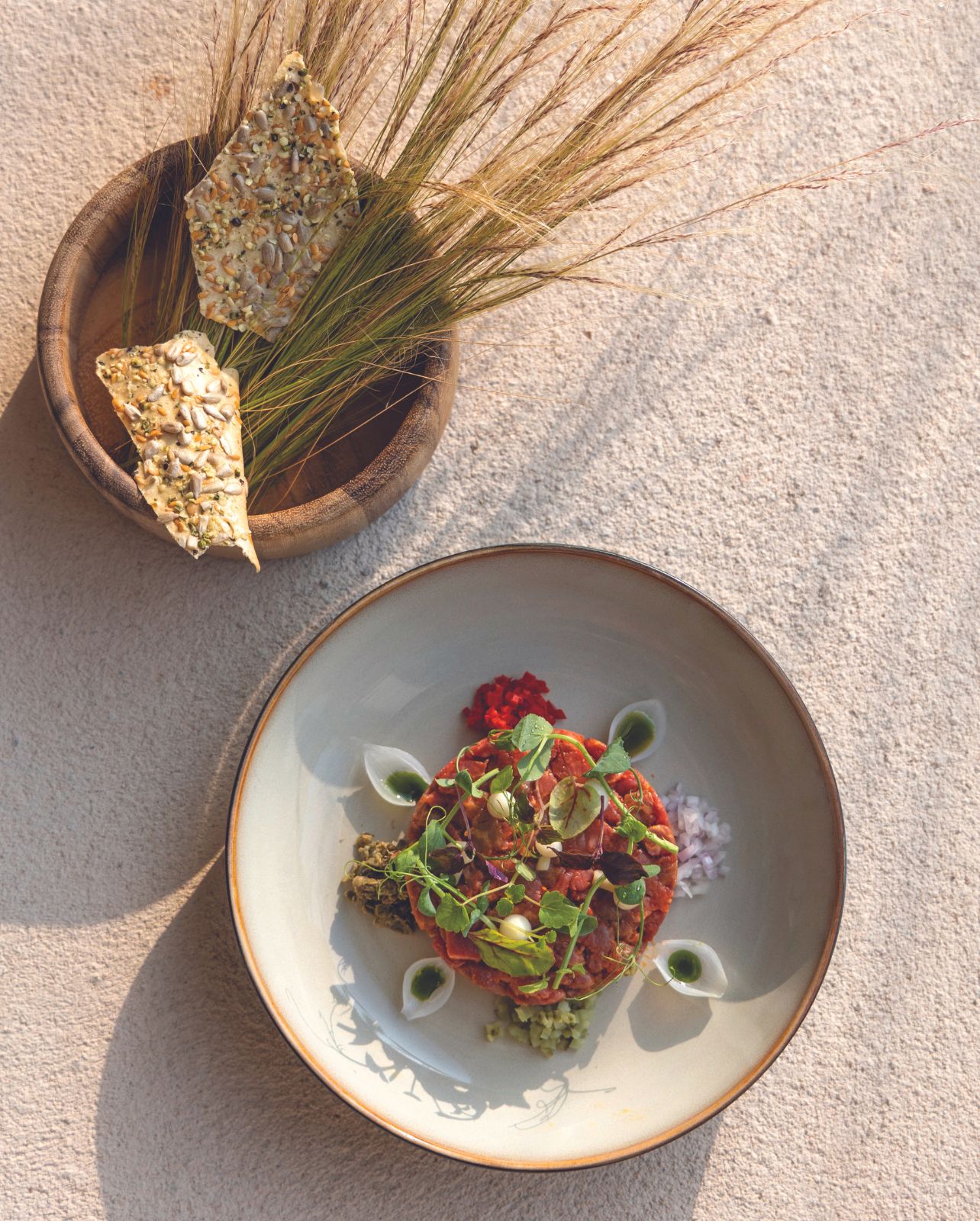
Beef tartare at Mr. E, the sustainability-forward restaurant at Paros‘s Parīlio hotel.
Be warned: you’ll want a double portion of the shrimp and orzo. Paros isn’t the only Cycladic must-see, though. Next door is Antiparos, the Mustique of the Med, where Tom Hanks and Barack Obama have both vacationed. Drop anchor in late afternoon to join the crowds for a cocktail at the aptly named Sunset on the island’s northwestern tip. Just north is Tinos, a low-key island that’s likely to join the fashionable circuit this summer with the arrival of the 77-room Odera, its first five-star hotel. Tinos has been an insider favorite for a while—there’s no airport, so only those who charter or chopper can access it—with a superb marble quarry that’s long lured creatives; no wonder it hosts an outpost of the Athens School of Fine Arts. “Tinos has the cutest restaurant right on the water, called To Thalassaki,” says Katerina Katopis, an entrepreneur and influencer from Athens. “You’ll get splashed every time a boat goes by.” (Katopis, who spends much of her summers on a yacht, is known for her eye-popping aerial drone shots of the ocean.)
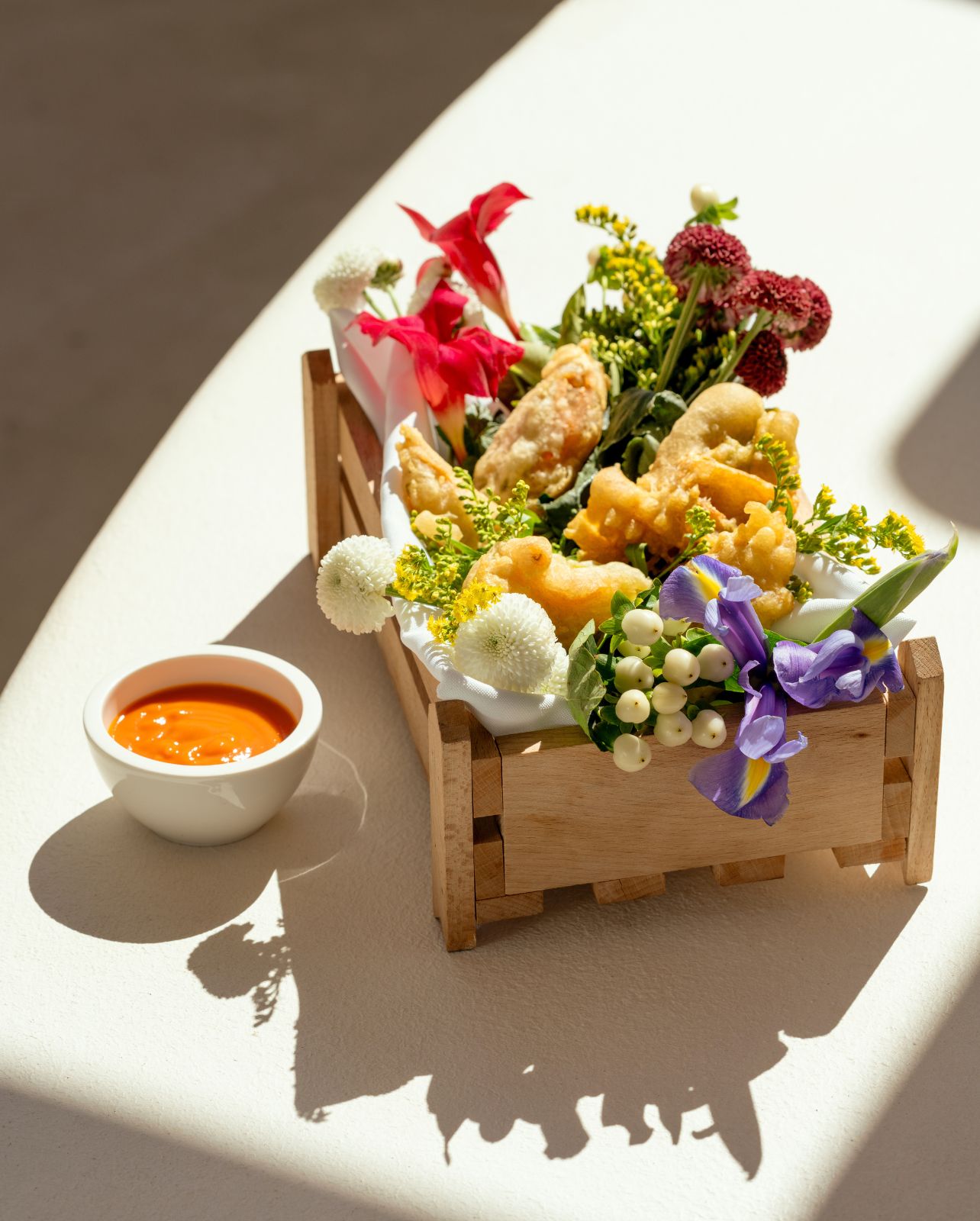
Cosme Resort not only offers spectacular views but top tier cuisine.
Likewise, tiny isle Folegandros will gain its first high-end hotel this summer, Gundari, which sits on an 80-acre plot next to a wild bird reserve and groves of citrus trees. It’s adjacent to Santorini, that postcard-pretty island that’s become a pitstop for daytripping cruisers, thanks to the glut of supersized ships often mooring in its caldera. Don’t be deterred from a visit, though: It’s easy to sidestep the crowds, even in midsummer, if you stick with the eastern and southern sides of the island. That’s where you’ll find the ancient settlement of Thera, a ruin that’s like a mini-Ephesus (wear comfy shoes and come early, as its exposed location on the hilltop makes it an arduous climb when the sun is at its hottest), as well as eateries like To Psaraki, a casual seafront bistro, or the buzzier, Mykonos-style Seaside, with its chill soundtrack punctured by the occasional champagne-cork pop. The newest hotel to know is Domes Novos Santorini, where every suite or villa has a private pool and terrace.
What To Pack: Greek Island Edition

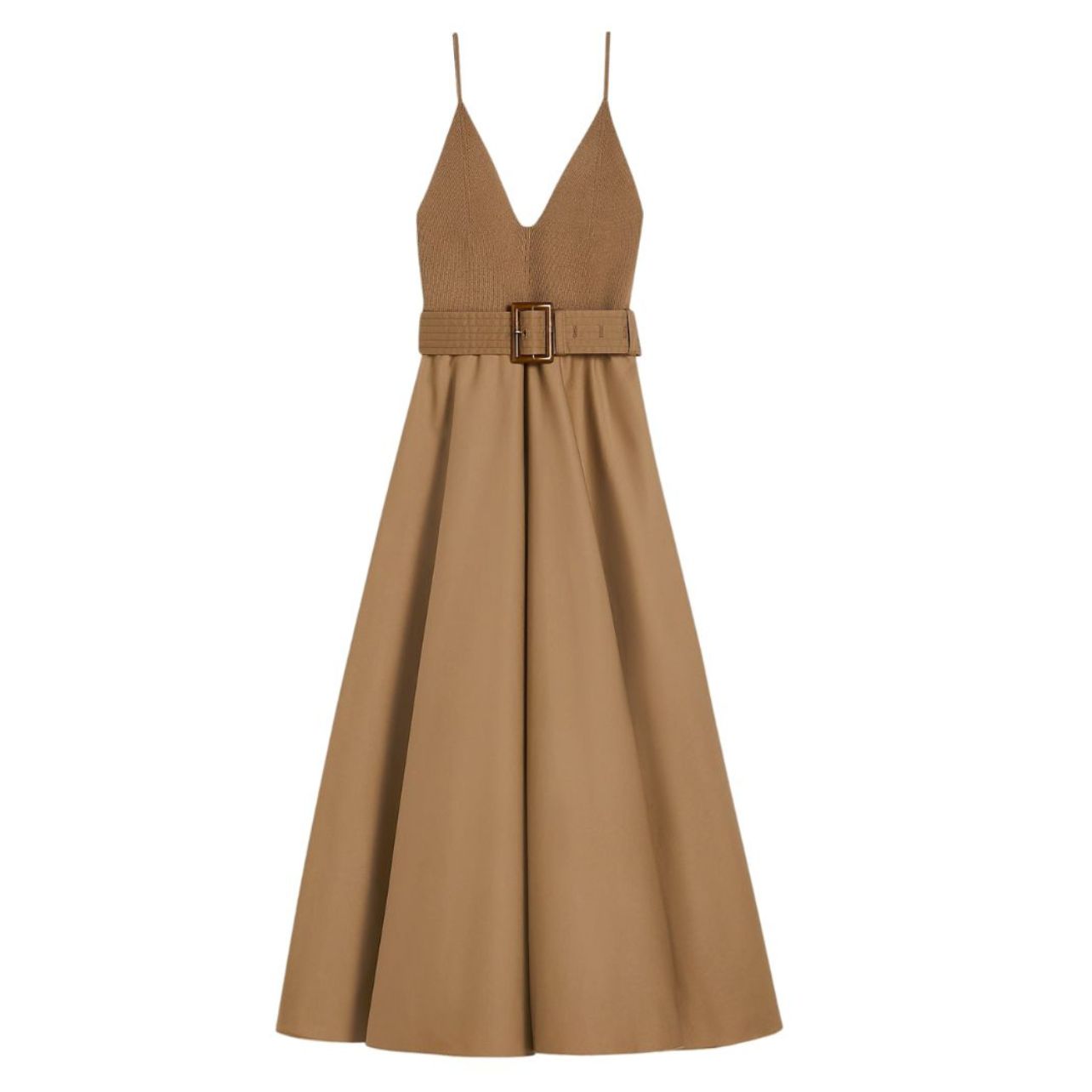

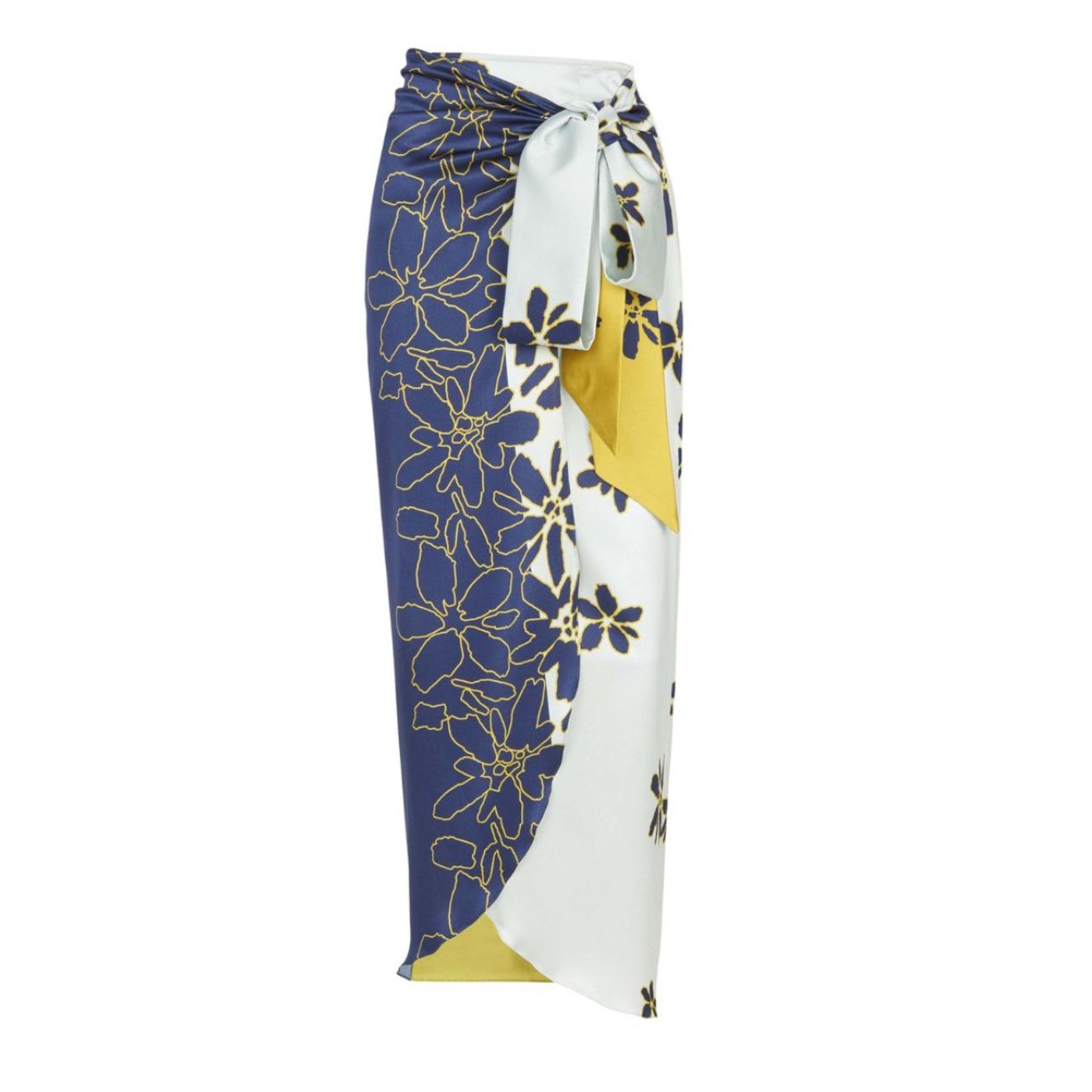

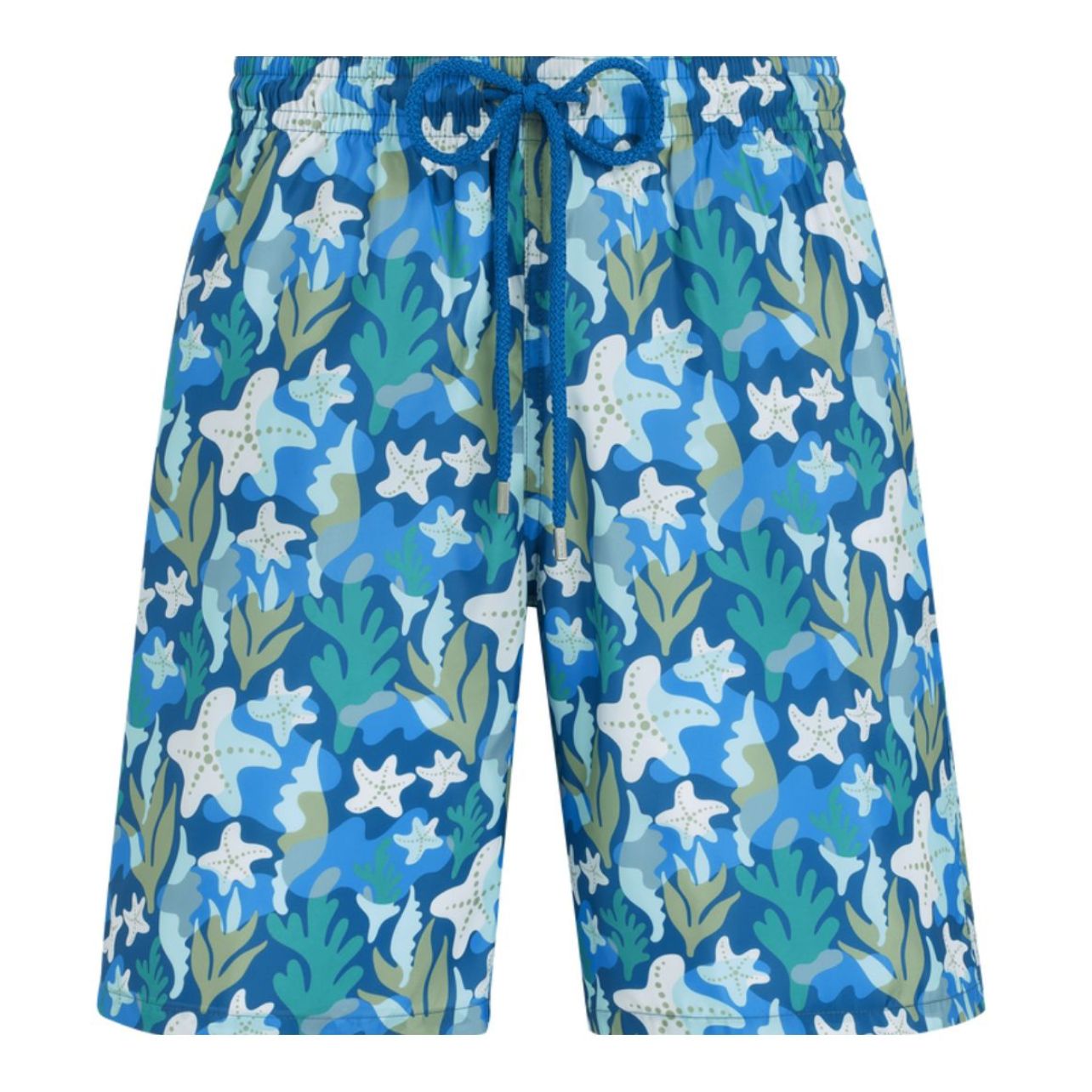
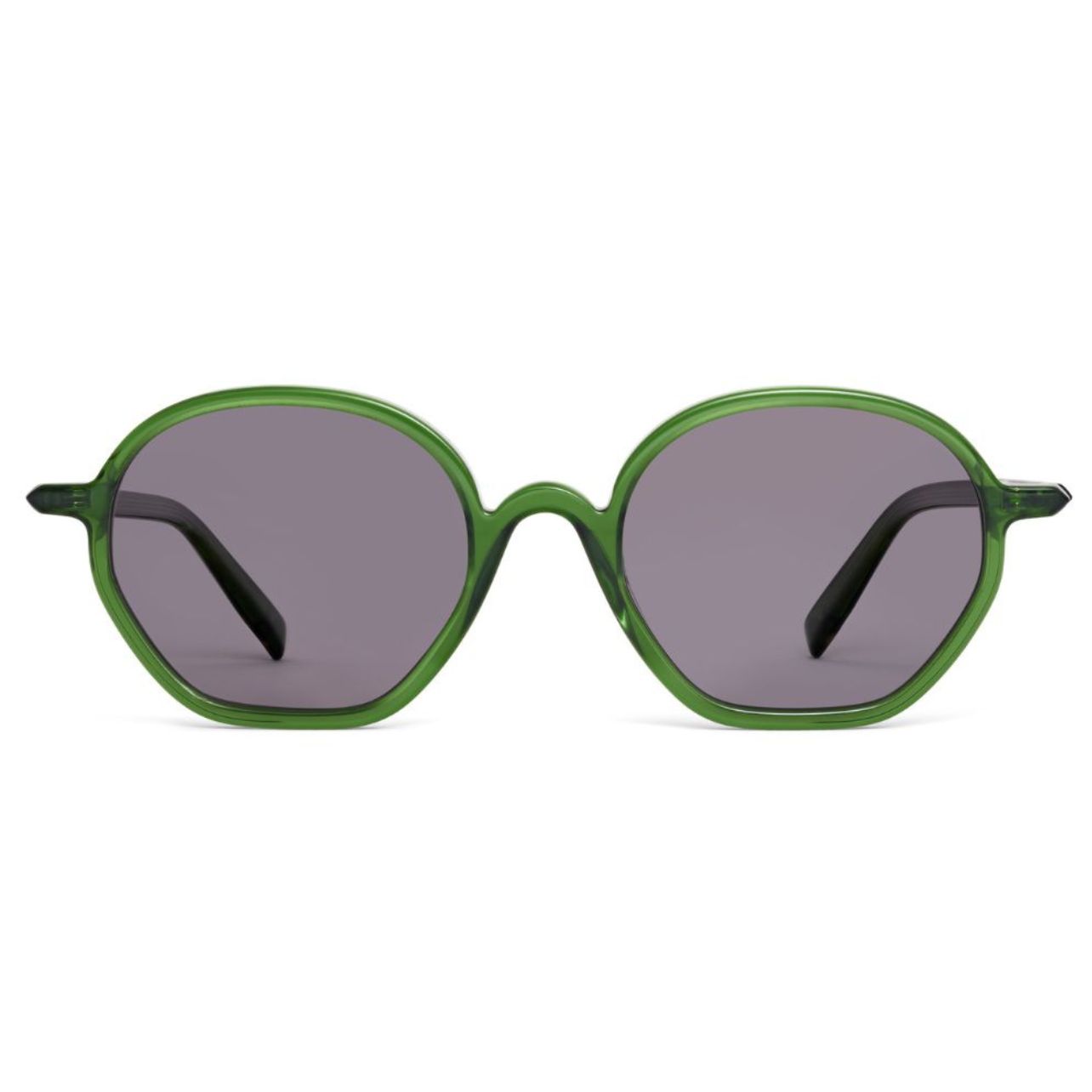
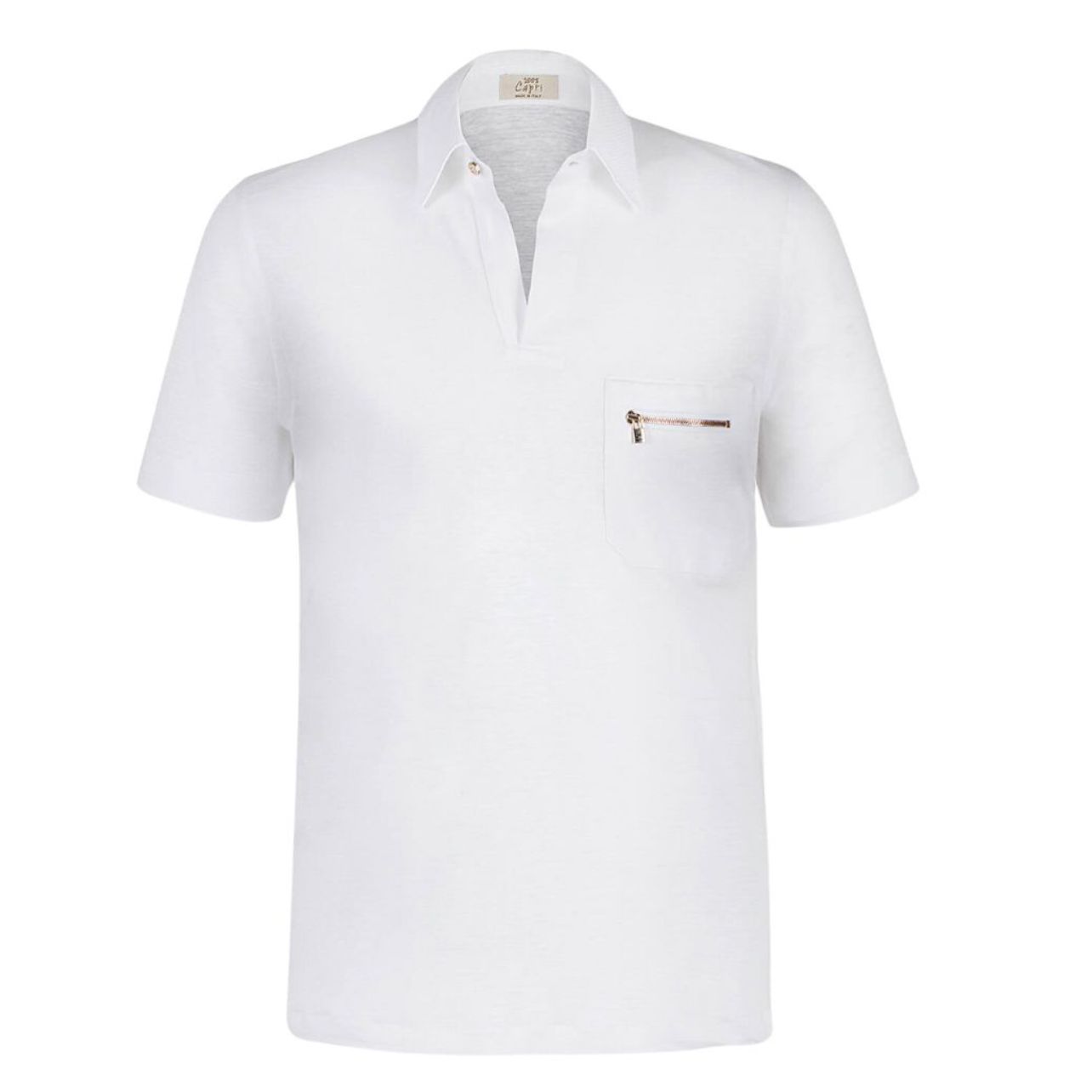

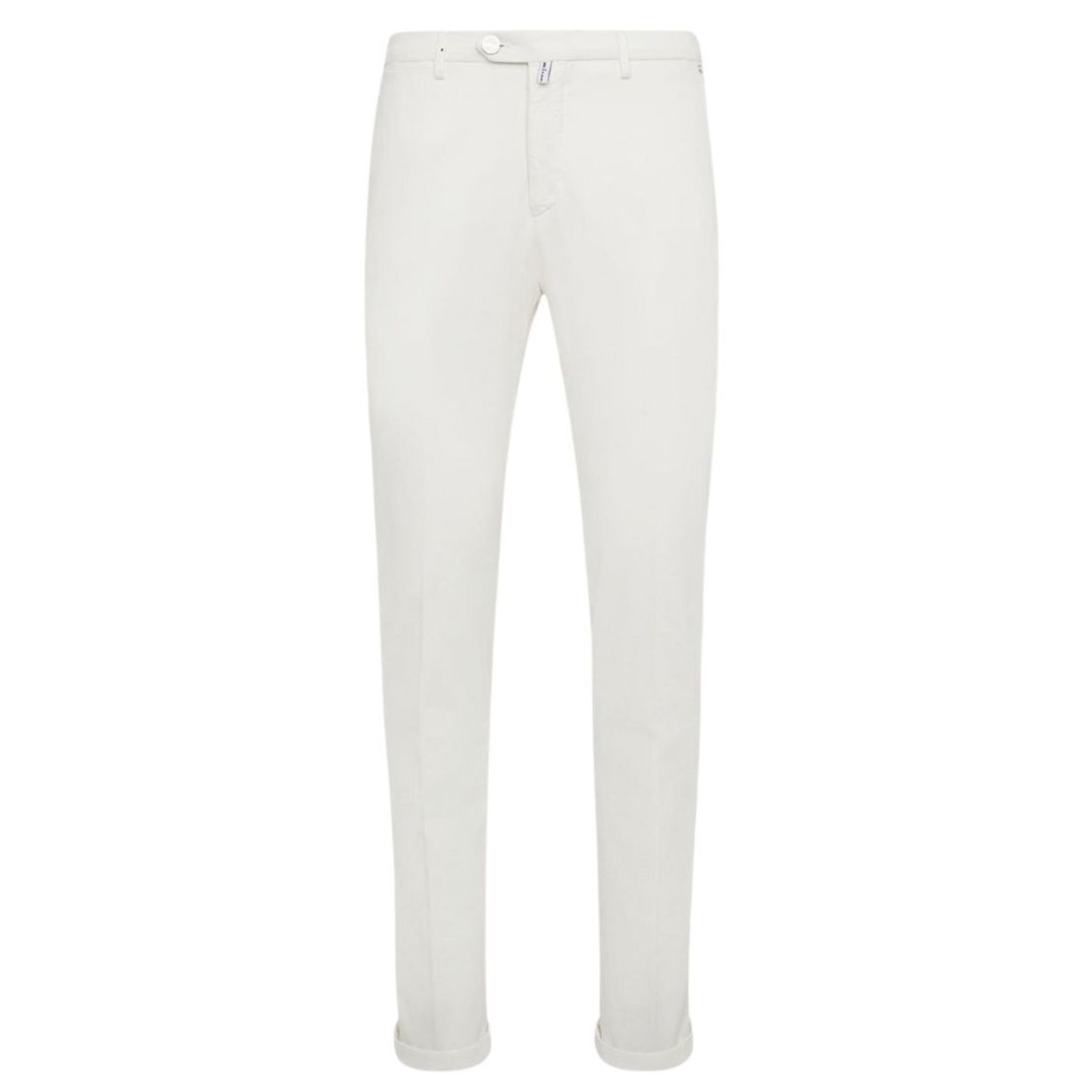

The Peloponnese
It was the arrival of the Amanzoe resort in 2012 that reminded the rest of the world what Greeks always knew: the mainland strip of Porto Heli in the Peloponnese was among the Med’s most glamorous spots. Even better, it’s within easy reach of Athens—a two-and-a-half-hour drive, or about a 30-minute helicopter ride. “It’s the Hamptons of Greece, and for me, it’s what Greece is all about,” says Katopis. Villas here are mostly large oceanfront mansions in gated communities, where shipping magnates and minor European royals spend their summers—ask Five Star Greece to suggest a property or two from its portfolio, at least until Six Senses arrives in a couple of years’ time. If you stay here, says von Hirsch, you can easily access a raft of local sights, such as Epidaurus, home to the remarkable sanctuary of Asklepios, the Greek god of medicine, or Nafplio, Greece’s capital city for a brief spell during the early 1800s. “Most of the houses have a jetty, too, so you can take a power boat to zip over to Spetses for dinner,” she says of the stylish little spit of land just off the coast. “This is a place to travel to with your kaftan and jewels in tow.”
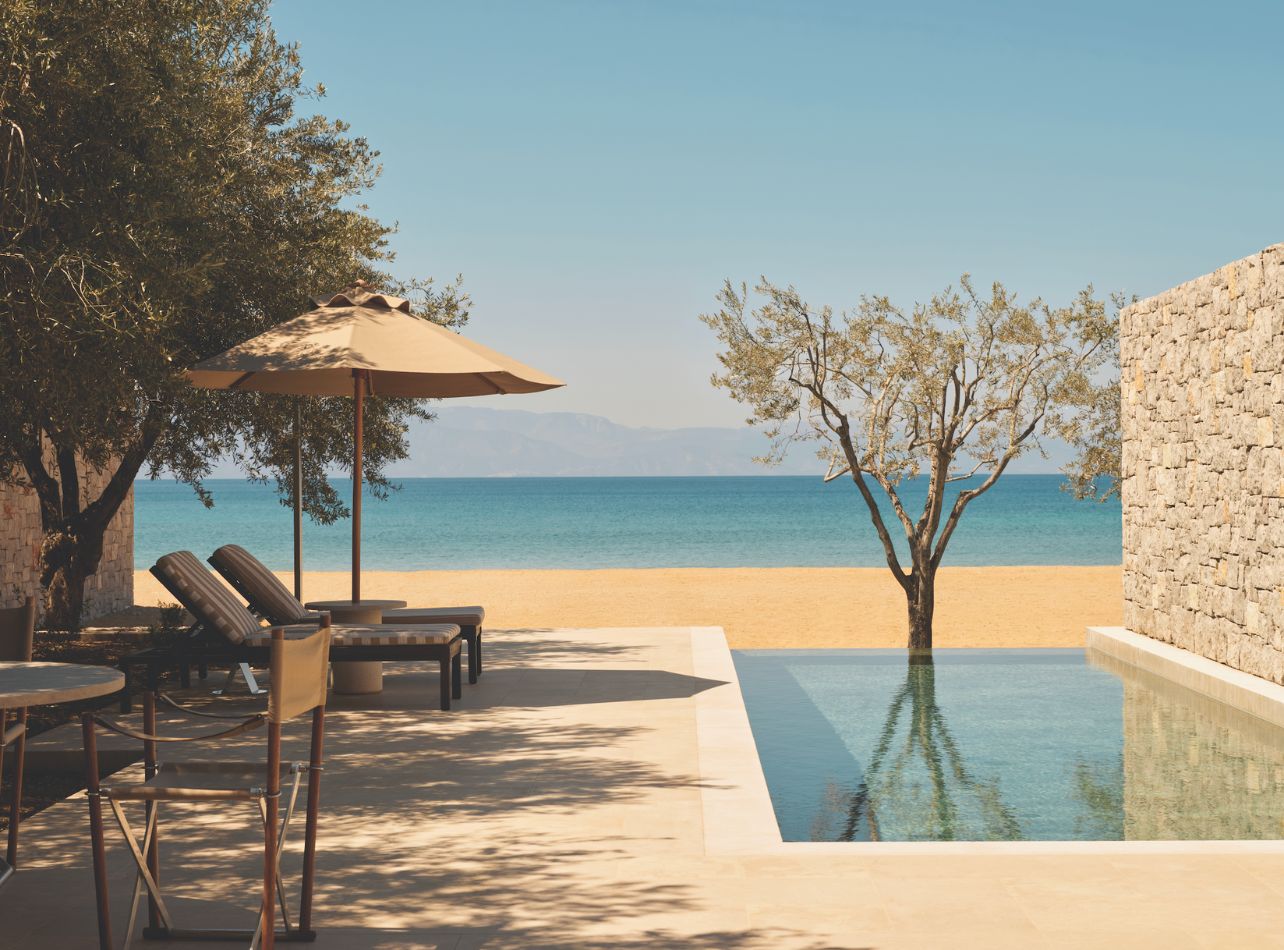
The Amanzoe Resort in Porto Heli put the Peloponnese town on the radar of many a jetsetter. Image courtesy of Amanzoe.
However, the lure of this area goes beyond its coastline. The countryside is particularly fertile, deeding the region a superb reputation among foodies—notable are olive oils, of course, but also eggplant (the local version is slimmer than standard, and sweeter) and vanilla pine honey, thick and milky, and with a scent that wafts out as soon as the jar is uncapped. “It’s ideal for outdoorsy types, says Konstantinidou, who owns the five-room Korona Boutique Hotel on the rugged Mani peninsula further south from Porto Heli. “It reminds me of Greece from 25 years ago, such immaculate beauty,” she says. Don’t skip a detour to the little town of Monemvasia, which sits on its own island, tied to the mainland by a 1,300-foot-long tombolo. On the westernmost reaches of the Peloponnese, there’s a family-friendly high-end resort cluster emerging in the purpose-built Costa Navarino, anchored by the arrival of Mandarin Oriental’s first Greek property late last summer. The property opens for its first full season this year: Book one of the 48 pool villas, or one of the 51 suites situated in a grove of nearly 3,000 replanted olive trees; four golf courses are incorporated into the wider development.
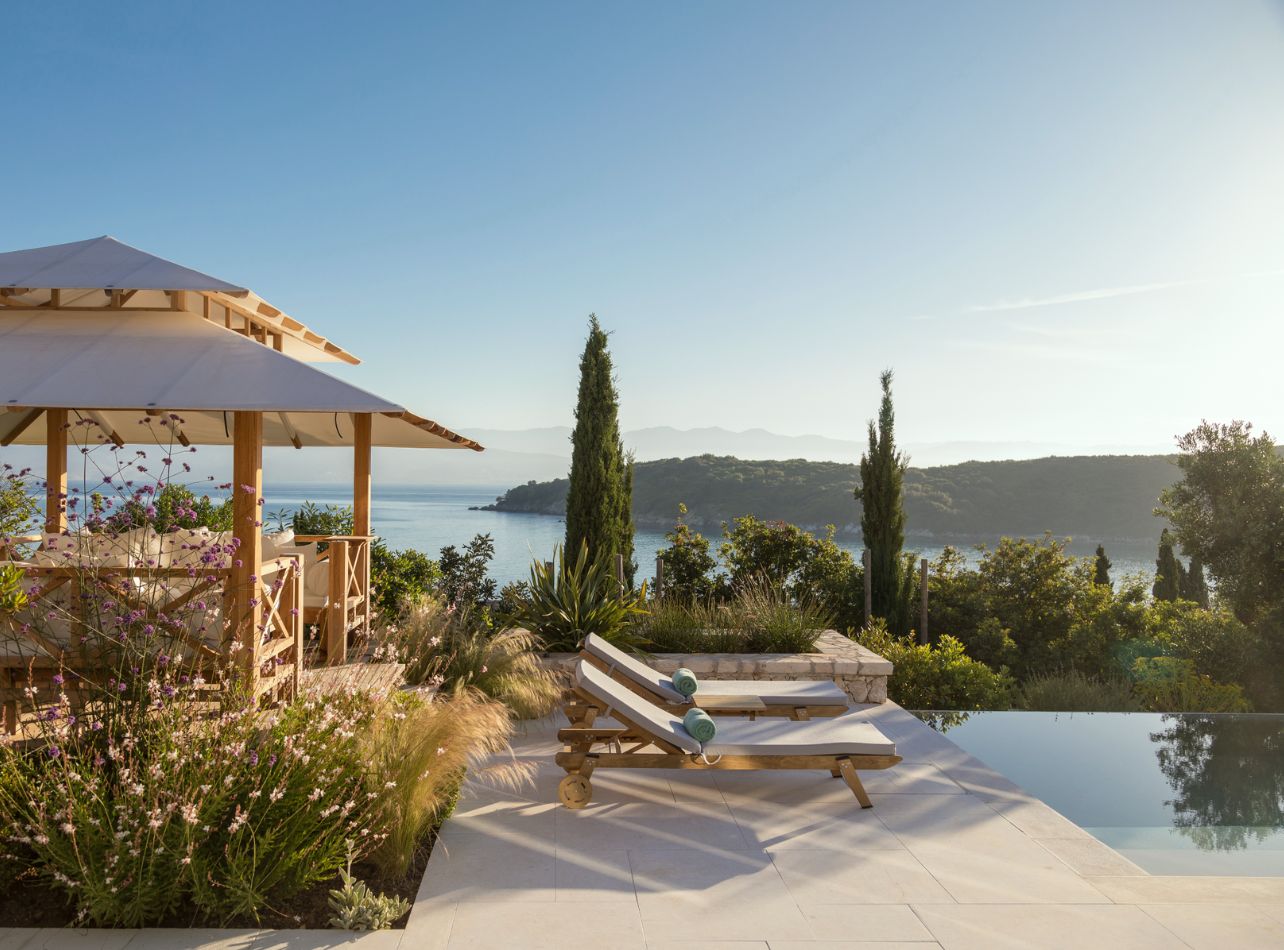
Looking for an Ionian villa for the summer? Turn to Five Star Greece to secure your perfect seaside perch.
The Ionian Islands
This quieter cluster off Greece’s west coast has an upscale, understated vibe, per von Hirsch, and is anchored by Corfu, one of the largest islands in the Ionian Sea. Yes, it has Spring Break–style vacationers in the south, but the northern reaches couldn’t be more of a contrast. “The northeast coast is what the Brits refer to as Kensington-on-Sea,” she laughs, a nod to the presence of wealthy financier Jacob Rothschild and his coterie. “It’s all English aristocrats with property portfolios in Belgravia and Mayfair, so it’s not for party animals.” Come here if you’d rather go rambling or read than rage until dawn. The anchor spot is the fishing village of Agni; bring a copy of something by Lawrence Durrell to read on the beach at Agios Stefanos—the writer lived in Corfu in the 1930s and drew inspiration from it, and this part of the island remains largely unchanged. Most of the best places to stay here are villas, so tap the Five Star Greece team for its recommendations. Allow for some time on the northwest coast, too, where creatives cluster. “We call it the Wild West,” says von Hirsch. “It’s got big, open Italy-facing beaches that are perfect for taking in the sunset. It has an Ibiza vibe going on.” Head to the secluded Rovinia Beach, with its white pebble shores and turquoise waters. There are no sunbeds, umbrellas, or tavernas, but you can usually grab snacks and drinks from a bobbing boat canteen.


